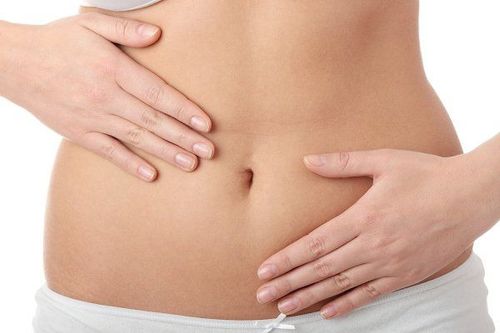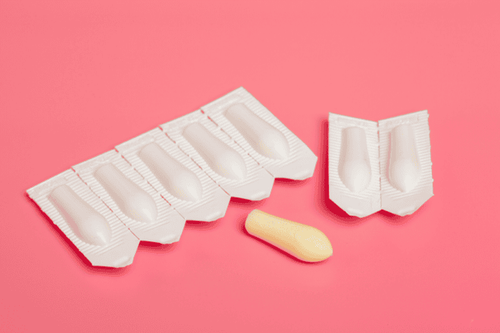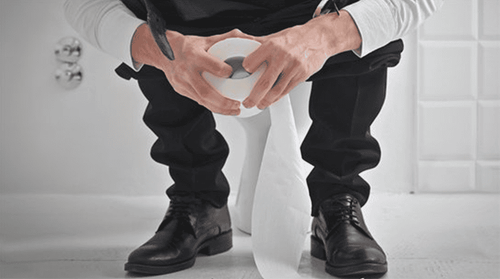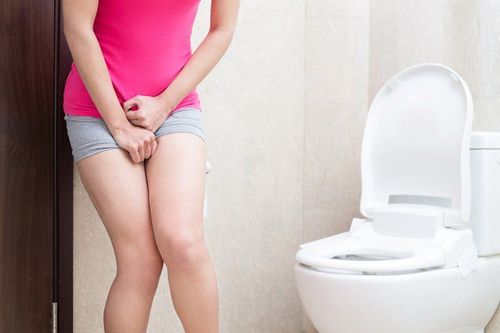This is an automatically translated article.
Posted by Master, Doctor Mai Vien Phuong - Department of Examination & Internal Medicine - Vinmec Central Park International General Hospital
Your exercise and eating habits, your age, gender and health condition all affect the number of bowel movements you have in a given day. While there's no rule on how many times a person has a bowel movement, having three or fewer bowel movements per week is unusual and can be dangerous.
1. Quick ways to make yourself poop
The following quick treatments can get you a bowel movement in a matter of hours.
Take fiber supplements
Fiber supplements are readily available and effective in stimulating bowel movements if a low-fiber diet is the cause of your constipation. They work by adding bulk or volume to your stool. This helps push stool through the intestines and out of the body.
You can buy fiber supplements on Amazon. Here are some popular ones:
Calcium polycarvophil (FiberCon) Psyllium (Metamucil, Konsyl) Methylcellulose (Citrucel) Eat a serving of high fiber foods
Try these high fiber foods:
Oats Bread or whole grains Fibrous vegetables and fruits Rice and beans Remember to drink plenty of water with these foods, as it will help push stool through your system even further.
Drink water
Drinking enough water - usually at least 8 8-ounce glasses of water a day - is necessary for normal bowel movements. If you're constipated and don't drink enough fluids, drinking a large glass of water or other clear liquid can stimulate bowel movements.
Take stimulant laxatives
Stimulant laxatives are designed to force bowel movements by squeezing the bowels. You can buy stimulants at your local drugstore. Some common options include:
Bisacodyl (Dulcolax, Ducodyl, Correctol) Senna-sennosides (Senokot) Osmotic laxatives
Osmotic laxatives work slightly differently than stimulant laxatives. They are designed to help move fluid through the colon. Some examples include:
Magnesium hydroxide (Phillips Milk of Magnesia) Polyethylene glycol (MiraLAX) Magnesium citrate Lactulose (Kristalose) With your doctor's prescription, you can buy higher strength polyethylene glycol, also known as is PEG (Golyently, Nulyently).

Try a lubricating laxative
Lubricating laxatives like mineral oil add a lustrous coat to your bowel walls, allowing stool to move more easily through your colon and out of your body. Take mineral oil no more than two hours after your evening meal. Expect results within six to eight hours.
Using stool softeners
A common cause of constipation is dehydration, which can cause hard stools. Using a stool softener, such as docusate sodium (Colace) or docusate calcium (Surfak), can moisten stools by pulling water from your intestines. This allows stool to pass more easily from the body.
Try an enema
There are several types of enema that you can try. The anus works by softening the stool, enough to induce a bowel movement. Some common types of enemas include sodium phosphate (Fleet), soap, and tap water enemas. Learn about the proper ways to administer an enema.
Try a rectal suppository
Rectal suppositories also help encourage bowel movements by softening stools. Try a glycerin or bisacodyl suppository, which you can find at your local pharmacy.
Have a bowel movement in a squatting position to
Bring a small stool into your bathroom next time you need to go to the bathroom. Placing your feet on the stool in front of the toilet door when you have a bowel movement — leaving your body essentially in a squatting position instead of sitting — can help you have a bowel movement without straining.
Exercise
Light exercise, such as walking or jogging, can encourage bowel movements by increasing blood flow throughout the abdomen.
Try a colon massage
Colon (colon) massage can help stimulate the bowels.
Lifestyle changes can help you have a bowel movement
The above advice can help encourage quick bowel movements for short-term relief of discomfort. However, some lifestyle changes can also prevent constipation longer-term. To be regular, try to make these tips your daily routine.
Add more fiber to your diet, with fresh fruits and vegetables, legumes, beans and whole grains. You should consume at least 14 grams of fiber per day for every 1,000 calories in your diet. If you need a fiber supplement for chronic constipation, start with a low dose and gradually increase as tolerated. For some people, large amounts of fiber can lead to bloating.
Exercise most days of the week by daily walking, jogging, cycling, swimming or other forms of exercise. Light exercise helps maintain proper circulation and can keep the bowels healthy.
Drink plenty of fluids - mainly water and other clear liquids - every day. Try to drink at least 2 to 3 liters of water per day.
Manage your stress.
Never hold a bowel movement.
Consider adding probiotics to your diet, such as those found in yogurt and kefir with active live cultures. Studies have shown that this dietary change can be helpful for people with chronic constipation.

2. When to see the doctor?
Chronic constipation can make it difficult for a person to focus on their daily tasks and activities. If your constipation persists for more than a week and doesn't respond to treatment, it's time to see your doctor to rule out serious causes. See your doctor right away if your constipation is accompanied by dizziness, fatigue, cramps or spasms.
Department of Endoscopy - Gastroenterology is one of the key specialties at Vinmec International General Hospital. For timely examination, advice and treatment of digestive diseases, you can contact Vinmec Health System nationwide or register online on the website for service.
Please dial HOTLINE for more information or register for an appointment HERE. Download MyVinmec app to make appointments faster and to manage your bookings easily.
ReferencesGurland B. (2015). Constipation: 6 ways to unblock yourself. health.clevelandclinic.org/2015/07/constipation-6-ways-to-unblock-yourself/ Mayo Clinic Staff. (2016). Constipation: Overview. mayoclinic.org/diseases-conditions/constipation/home/ovc-20252671 Mayo Clinic Staff. (2016). Nutrition and healthy eating: Nutrition basics. mayoclinic.org/healthy-lifestyle/nutrition-and-healthy-eating/basics/nutrition-basics/hlv-20049477 Sikirov D. (2003). Comparison of straining during defecation in three positions: Results and implications for human health [Abstract]. link.springer.com/article/10.1023%2FA%3A1024180319005?LI=true














